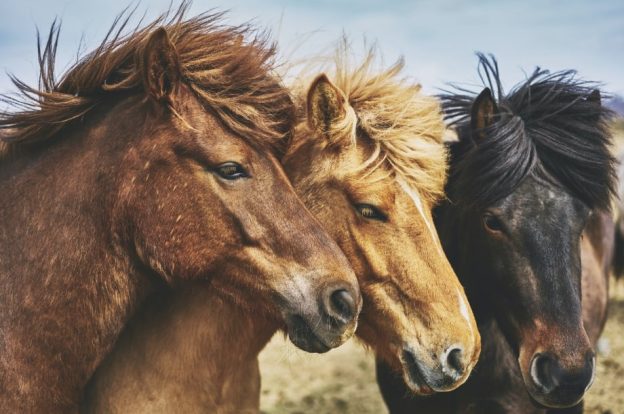Nothing is more important than ensuring you give horses the right diet. It is essential at every stage of life. Get it wrong and you could have a number of issues, including weight gain or loss, lack of energy, behaviour problems, and medical conditions. What you need to do is ensure you choose horse feed carefully. The best place to start here is carefully checking the tags. We want to have a closer look at this today so you know what to expect and how to interpret the information.
An important note
One thing to note is that, although the UK is not part of the EU anymore, we still comply with various European laws. This includes what info should be on bags of feed.
A crucial thing is that every bag of feed should have a statutory statement. It must include crucial information such as the type of feed, details of the animal it is for, nutritional analysis, ingredients, and additives.
Several other pieces of information must also be on the feed tags. For example, there should be a batch number and best before date. Details of the manufacturer or brand should be there too, particularly name and address.
Some manufacturers will choose to include further details as well, but they are not mandatory. Two to look out for are total sugar content and starch content. They are most common on low sugar or low starch products.
Who is it for?
If you are browsing for animal feed, the first piece of information to look at is what type of horse it is for. There is no point buying a feed for hard working horses if your horse only does light work and spends most time in pasture. So, you will be able to quickly tell if it will be an option for you or if you need to move on to the next product.
Ingredients list
Once you know the feed will be suitable for your horse, you need to look at what is in it. Luckily, there should be a list with the ingredients. The thing to note here is the ingredient with the highest percentage of inclusion will be at the top of the list. You then work down in descending order.
There are a few crucial things to look at with the ingredients. If there is a high amount of oats and barley, the feed will likely be high calorie and have a lot of starch. If you see high levels of sugar beet or oatfeed, the feed will have a lot of fibre.
Nutritional value
There should also be a nutritional analysis of the feed with percentage levels of crucial constituents like protein, fat, fibre, and even ash. The latter may be confusing, but it basically means the mineral and trace content. This will be left over once a horse digests the feed.
It is particularly good to check the protein content of feeds. The level you need will differ depending on what your horse does. You will need more protein for growing horses, but a lower level is ideal for maintaining those that do light work. Crucially though, make sure you check the quality of the protein too by looking at the ingredients. Soya bean or alfalfa are generally the best.
Keep in mind that two feeds may say they have the same percentage of key nutrients. However, this can come from massively different ingredients. Always check them to get a better idea of the quality and bioavailability.
Talk to us about horse feed
JS Hubbuck Ltd knows how important horses are to their owners. Often they are beloved friends or essential working animals. So, you need to ensure you are feeding them properly. This comes down to choosing the right feeds, following feeding guidelines, and managing them properly. We can help by offering quality products and advice.
So, if you need horse feed, feel free to contact us. We can go over details on the tags and more.

